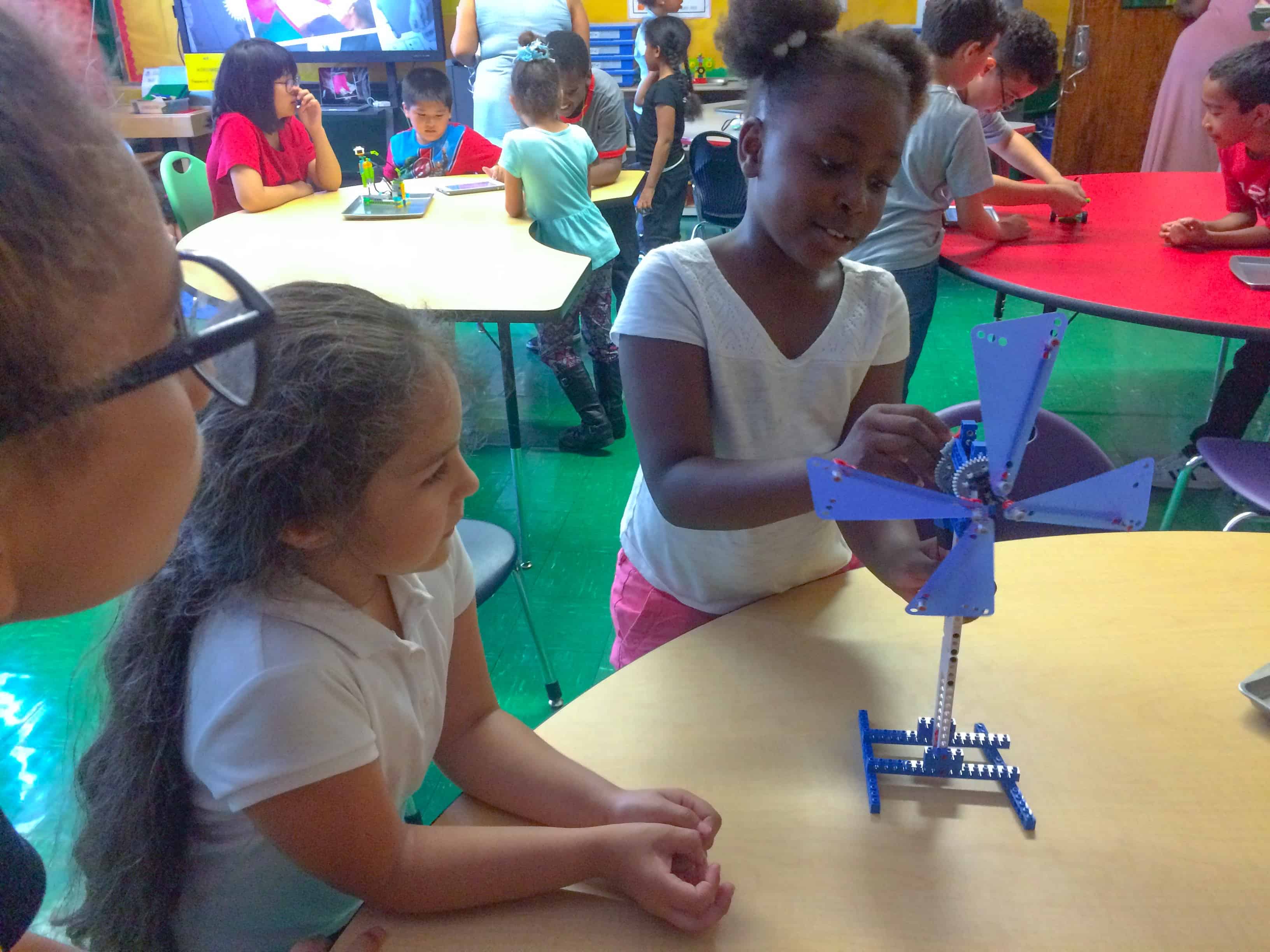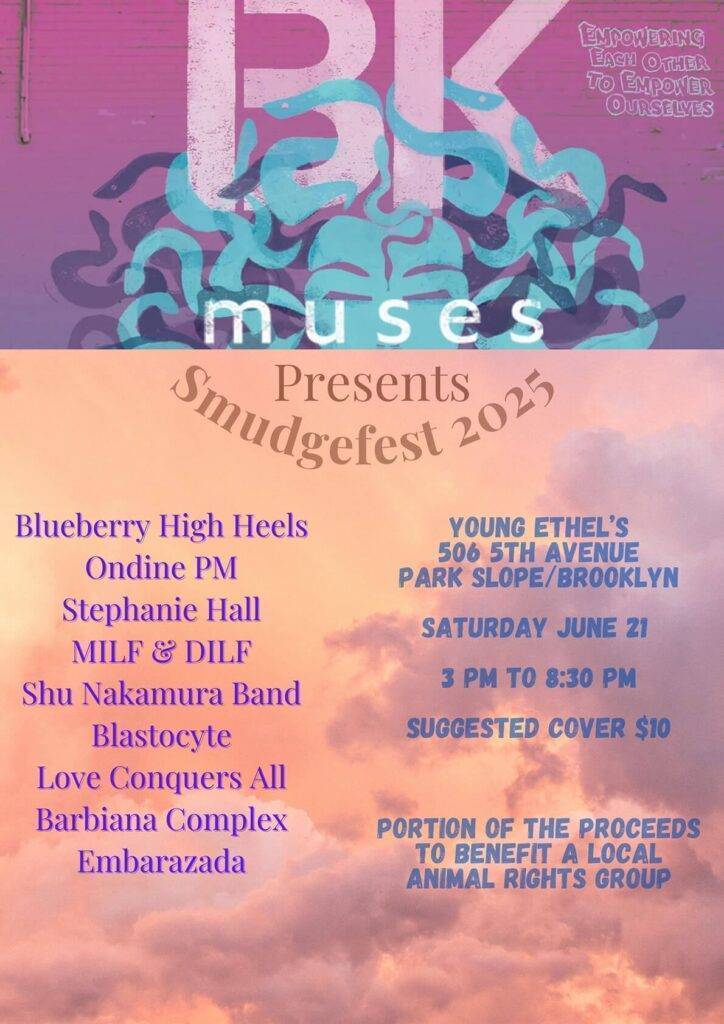The kids at P.S. 676 have project-based learning in their classrooms and it is making a difference in their learning and development.
Principal Priscilla Figueroa thought this would be a good idea for the students and this technique to benefit the students began at the start of this school year. There are three project-based learning weeks throughout the year, but besides that some classrooms have found it beneficial to use on a more regular basis.
According to Brittney Hartnett, who is the Crisis Intervention Professional at the school and has seen many benefits for the children, the first project-based learning week of the year was the first time the students were introduced to this. The goal is to encourage students to do a big project a few times a year.
Some teachers in the school have experience with project-based learning previously. Ms. Konarksi, who teaches a STEM class for grades three through five, has used this method throughout her career because she teaches students who need a multisensory approach to learning.
In other classrooms at P.S. 676, this is an experiment in alternative learning methods.
There was one STEM classroom where third- through fifth-graders with different learning needs engineered a pulley system where they tried to get flour from one end to the other. They had unlimited yarn, tape, two pulleys, three straws, four plastic cups and four pipe cleaners, and a multisensory approach was used.
Ms. Best and Ms. Graham teach a kindergarten class in the blocks room. They focused on the school building as well as Red Hook as a whole. They used Google Satellite to look at the school and what is around the school.
They were looking at a model diagram of the school to try to better visualize the building.
“We were hoping that through creating this model we could find out about the rooms, the people and purposes for the rooms,” Ms. Best said. “They are trying to create a model that reflects the school.”
“Vocabulary is a big thing,” Ms. Konarski said. “There was an entrance, and that was not a word that folks used, so we added that to our vocabulary chart to try to build up our vocabulary.”
Ms. Rogers and Ms. Crisostomo teach a first-grade class that emphasizes Legos to help kids learn numbers. This class only had seven students on the day I visited, which allows for a lot of attention.
Many of the kids are struggling with learning numbers, especially numbers between 10 and 20.
“They can do one through 10, but after that they get kind of confused recognizing what the numbers are,” Ms. Rogers said. “If you ask her what number that is, she may have to use the Legos to help recognize what the number is. The Legos help them recognize.”
Sometimes the kids can’t recognize a number by sight, so Legos help them build it and then count using manipulatives, and according to Rogers this is helpful for kids with different learning needs. The kids were able to use the Legos to realize numbers that come next.
This method varies from a normal instruction since it is more hands-on and can allow topics like vocabulary and numbers to sink in faster than they would otherwise.
The above three classrooms have the most need for the project-based learning and use it most often with the kids but the whole school will use it in the project-based learning weeks. Ms. Best said that the hands-on approach of using blocks can help with the English-language learners.
The kids are learning the content better with this project method as they can build and visualize concepts on their own.
“I think what they might be learning about is similar but the way in which they are learning it is what is changing,” Hartnett said. “Instead of building the structure and designing it, they might read a book about a school and draw a picture. Instead of only doing those things they are getting a chance to design and build instead.”
They are getting to learn in a more multisensory way through this project-based learning even though they might be learning something similar. The kids are getting to be creative in how they think about problems and are getting a chance to make tasks on their own so it can sink in.
According to Hartnett, who is in her first year at the school, with this new approach to learning fewer kids are feeling frustrated and fewer kids are having temper tantrums because in this method they are engaged and feel like they can learn the content.
Some might not have been able to sit and listen to a book very long before, but they are now able to be patient and try this new technique. With project-based learning, P.S. 676 students now feel more like they can learn the material and are more engaged in the topics.
“We still are reading plenty and doing these other things, but it is just giving them a different way of learning at the same time,” Hartnett said. “You might read the book too, but now you are getting another way of approaching the material, and then the book is making more sense because you understand how it works.”
With this new approach brought on by the principal, the kids are now not only able to take in information, but through being more interested they can teach themselves in some ways.
Hartnett has found that more and more schools have tried this method because of the importance of children needing to learn how to solve problems instead of just memorizing information. However, she thinks that P.S. 676 is one of the first elementary schools to utilize this method.
Hartnett added a few more reasons for this method taking place at P.S. 676.
“We thought this would really prepare them for the future better and it would also help them work on other social and emotional skills like teamwork and building respect for other students,” Hartnett said. “We thought this would help them in different ways and make learning more real-world for them.”
There is one more project-based week that will happen in May. Everybody will use some project-based learning during that week.
The hope is that this will continue to spread since this is a really good way for the students to learn. They are hoping that, as more teachers try project-based learning in their classrooms, this method will be utilized more and more to do engaging projects.
“Some classrooms are going to be trying it more often, trying to use some of these spaces we have like the Lego room and the block room to do project-based learning,” Hartnett added.
The classrooms that I saw doing project-based learning – the STEM, block and Lego classrooms – will continue project-based learning but their topics will change. For example, the kindergarten class that was looking at a blueprint of the school will do a different project after the April break.
When the 2019-2020 academic year starts, the goal is to expand to service-based projects for a few weeks during the year.
Students might work in an area soup kitchen or build a community garden. This would involve learning skills in the classroom but then they would also give back to the community.
P.S. 676 is now thinking about what organizations would be the ideal fit for different grade levels.
Red Hook Neighborhood School (27 Huntington Street) currently has 130 students pre-K through fifth grade, including 12 pre-K kids.










